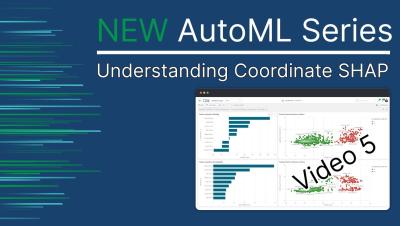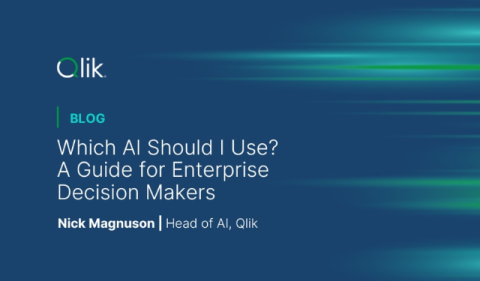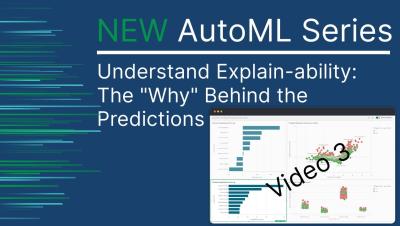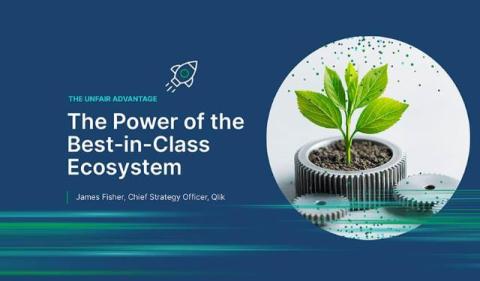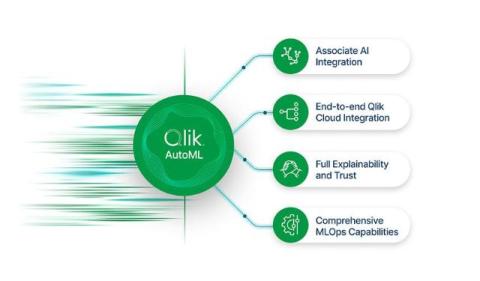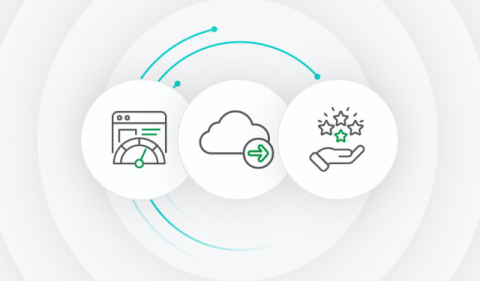Qlik AutoML Series - Understanding Coordinate SHAP Analytics - Video 5
In this video, we breakdown the analytics you can create from the provided Coordinate SHAP data when used within Qlik AutoML. SHAP data helps determine the WHY behind the machine learning model predictions. Learn how SHAP values break down the influence of individual features on specific outcomes, helping you gain deeper insights into model behavior. This is part 5 of the Qlik AutoML series, focusing on making machine learning more interpretable for users.


